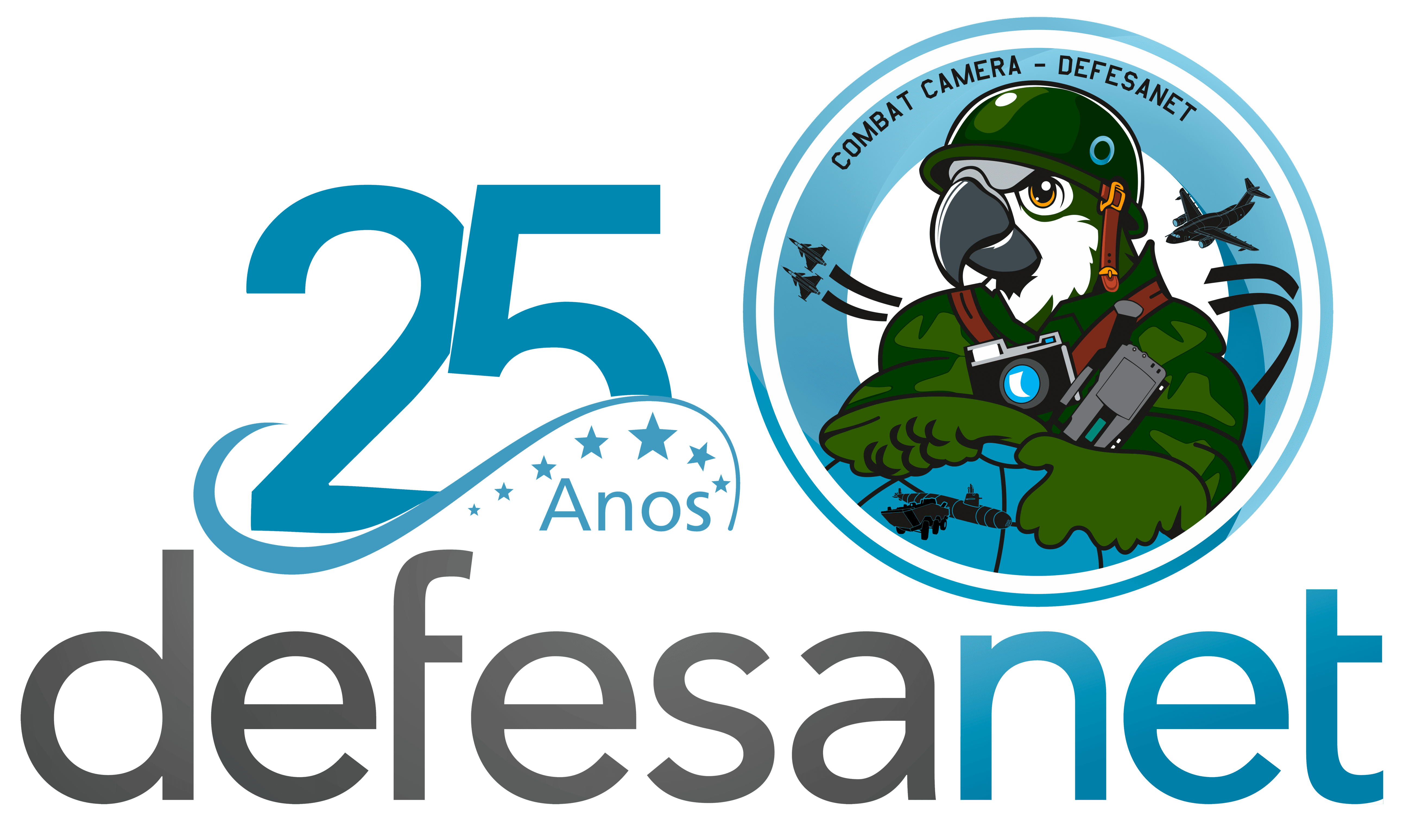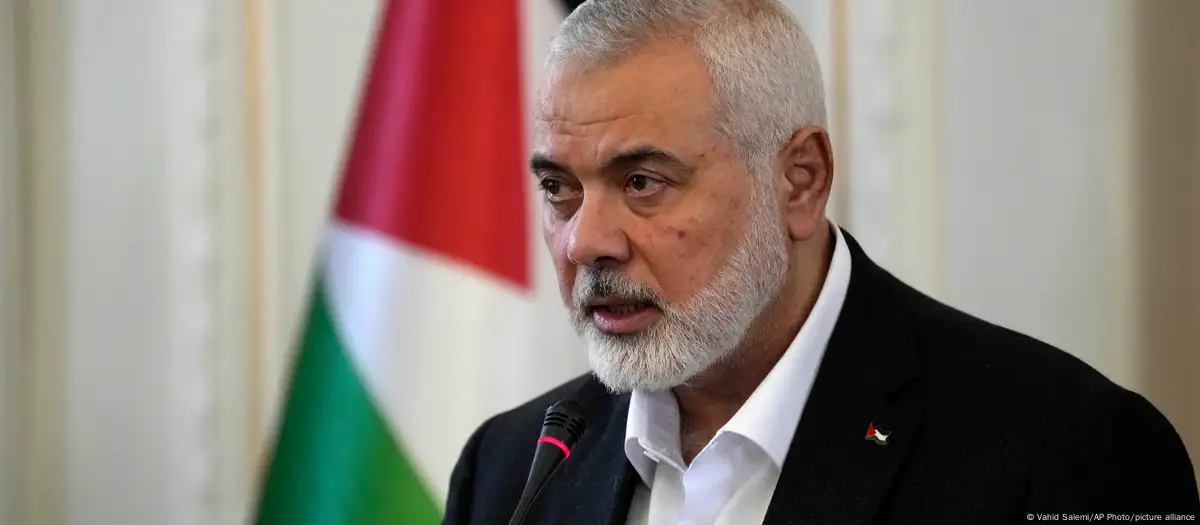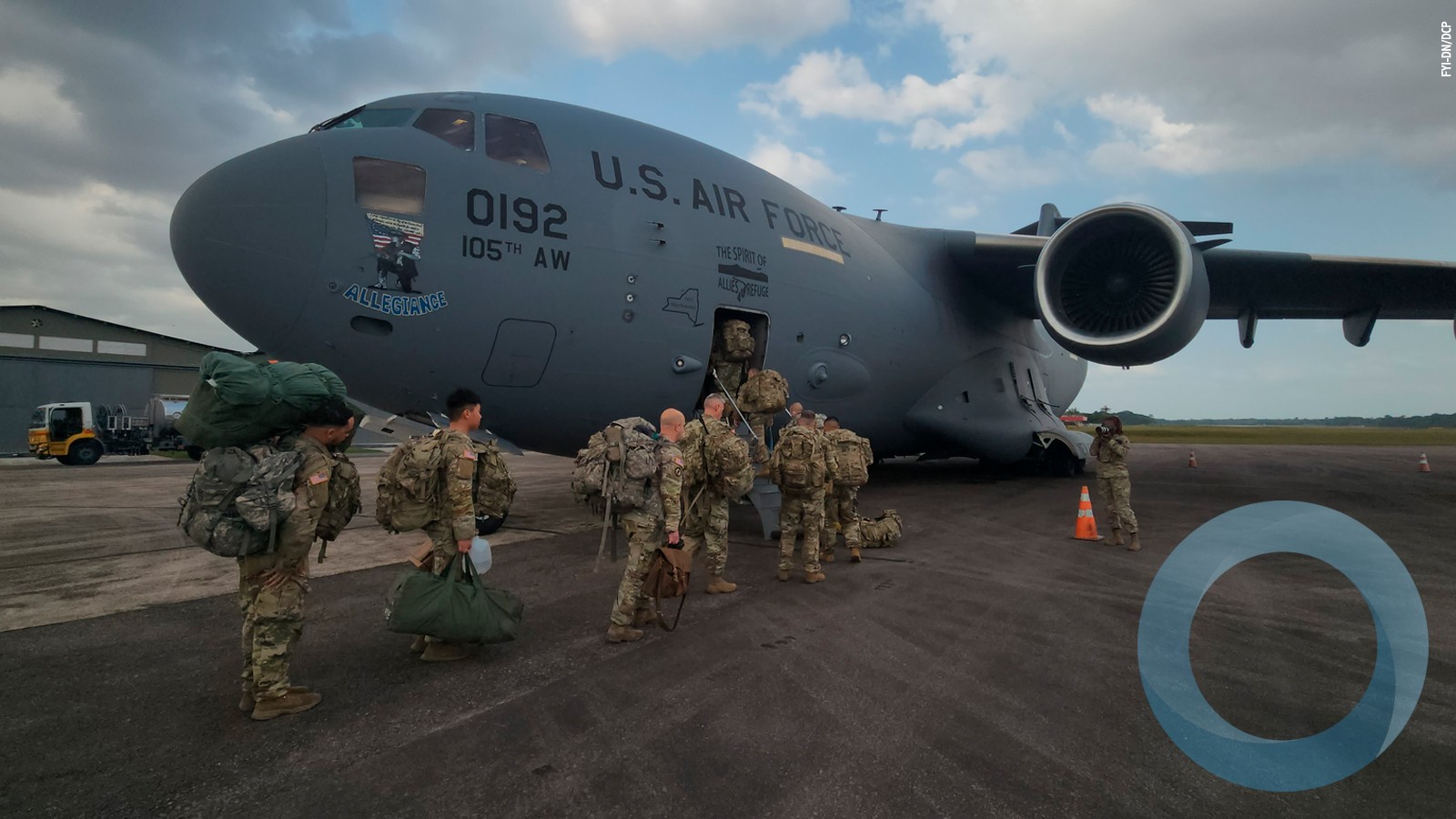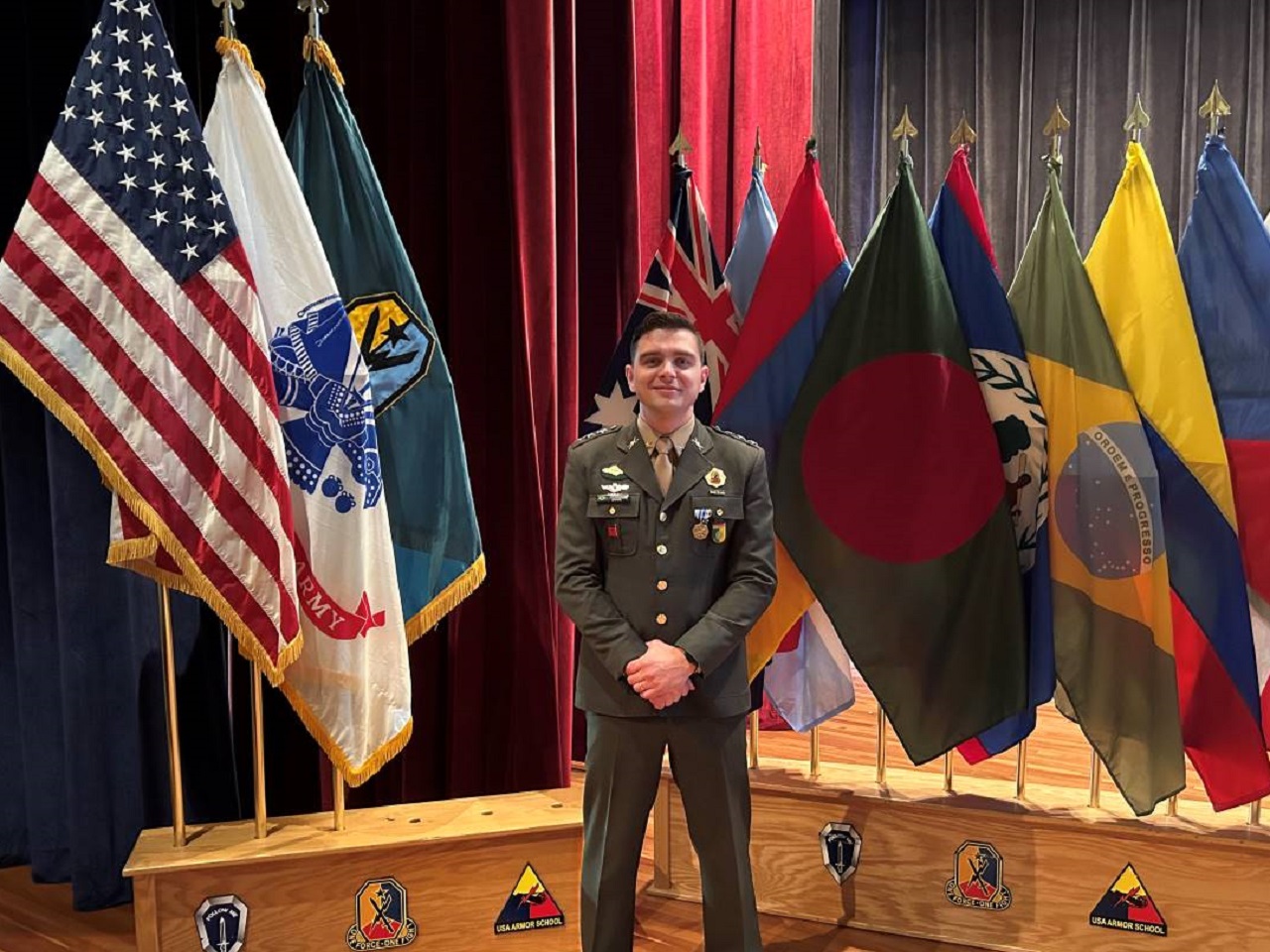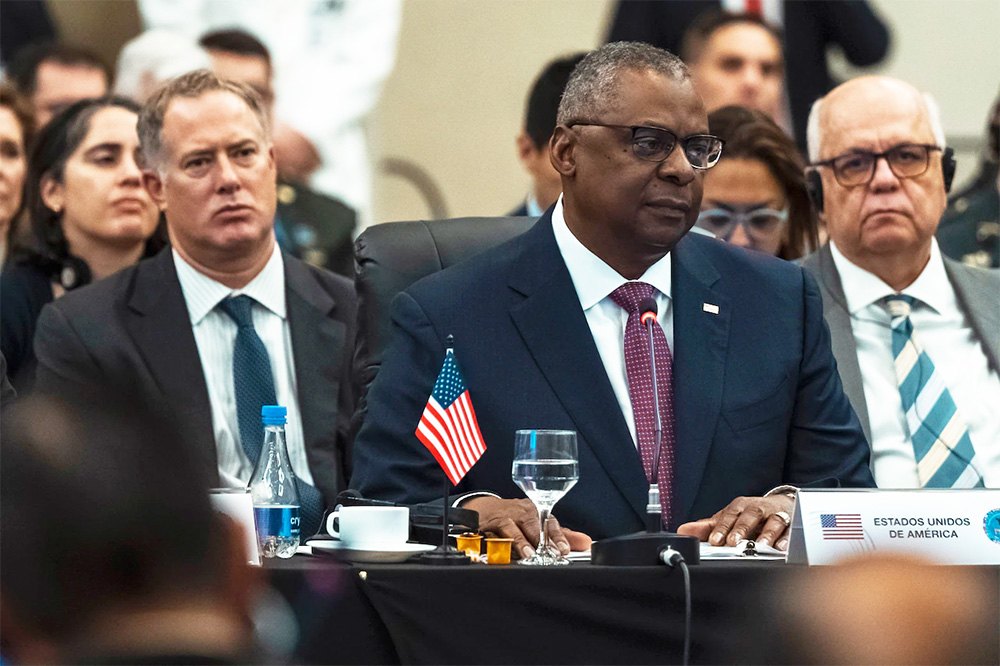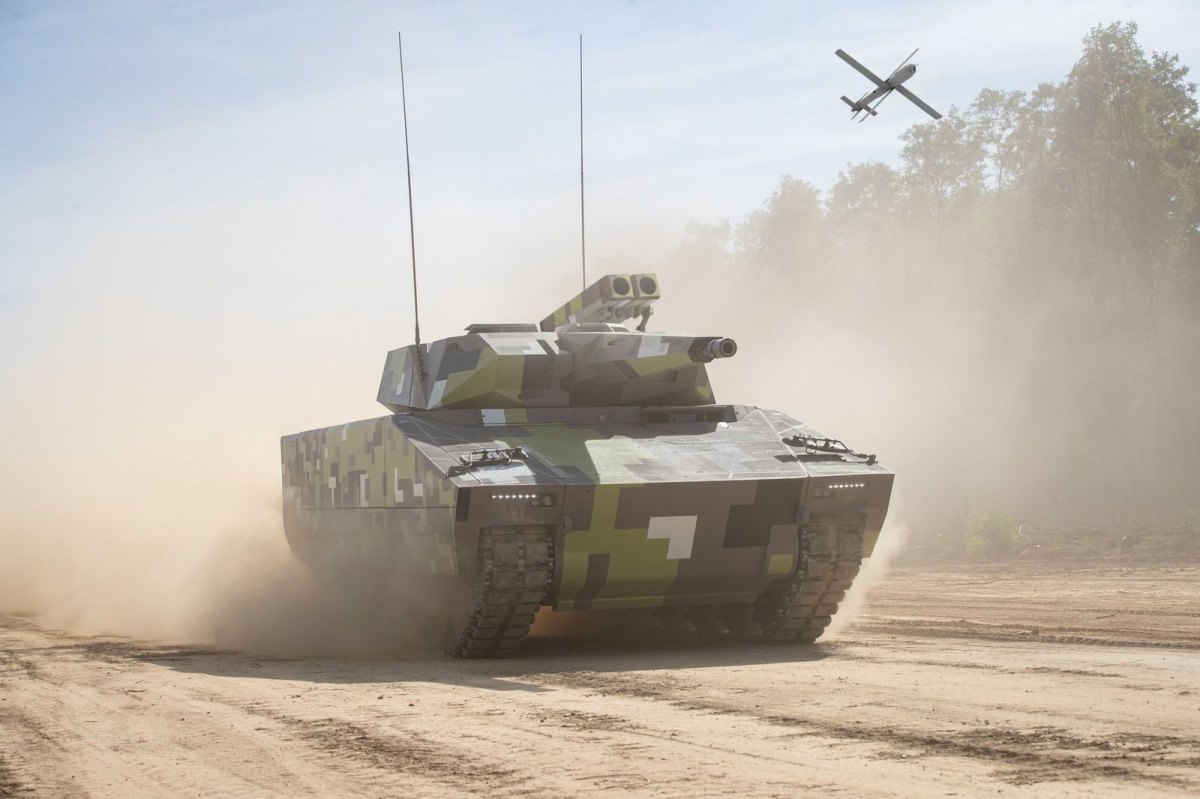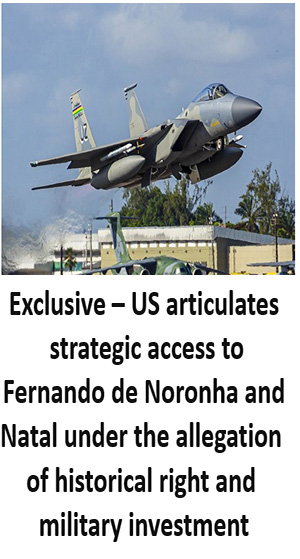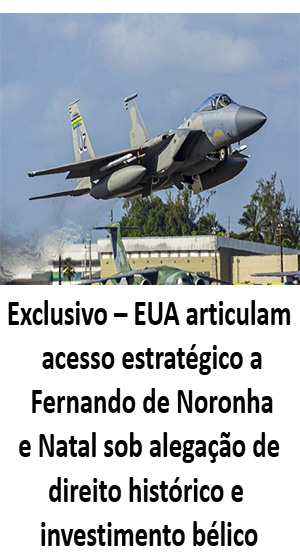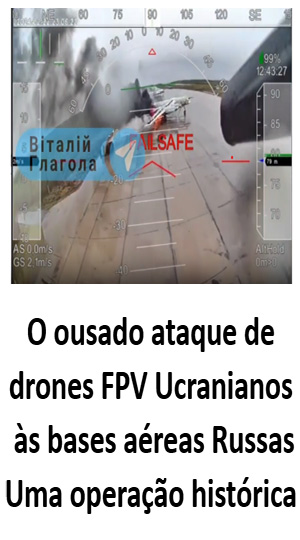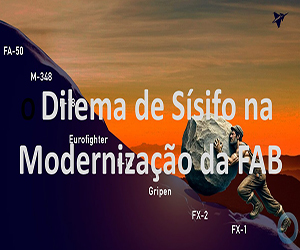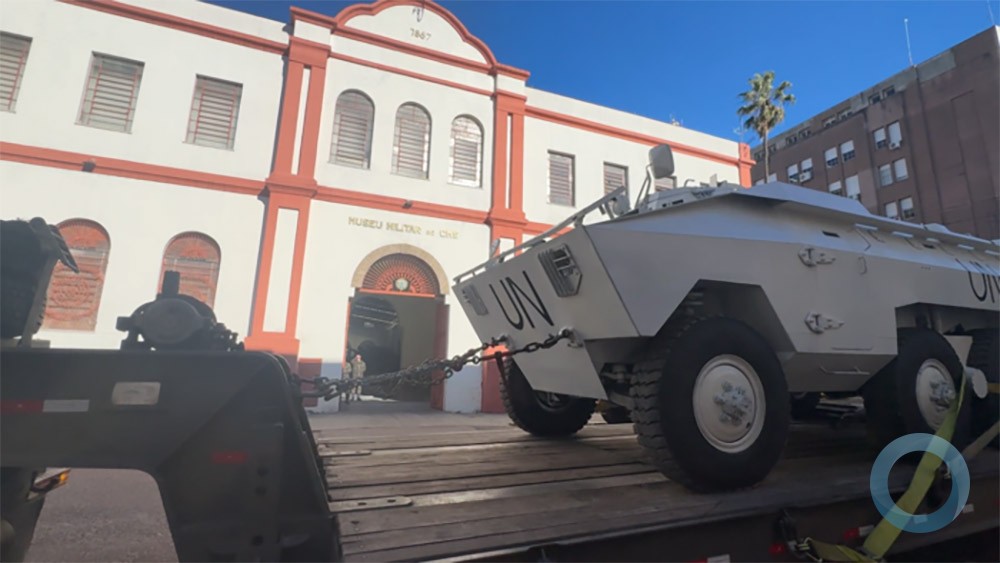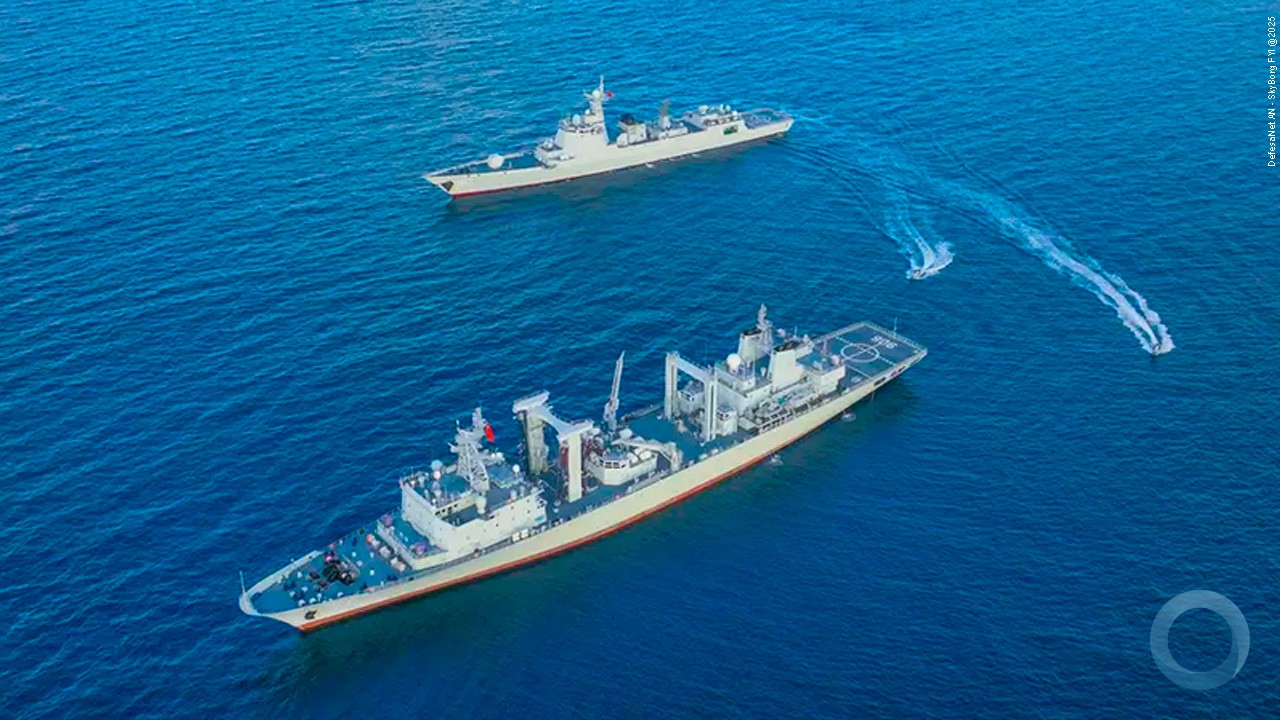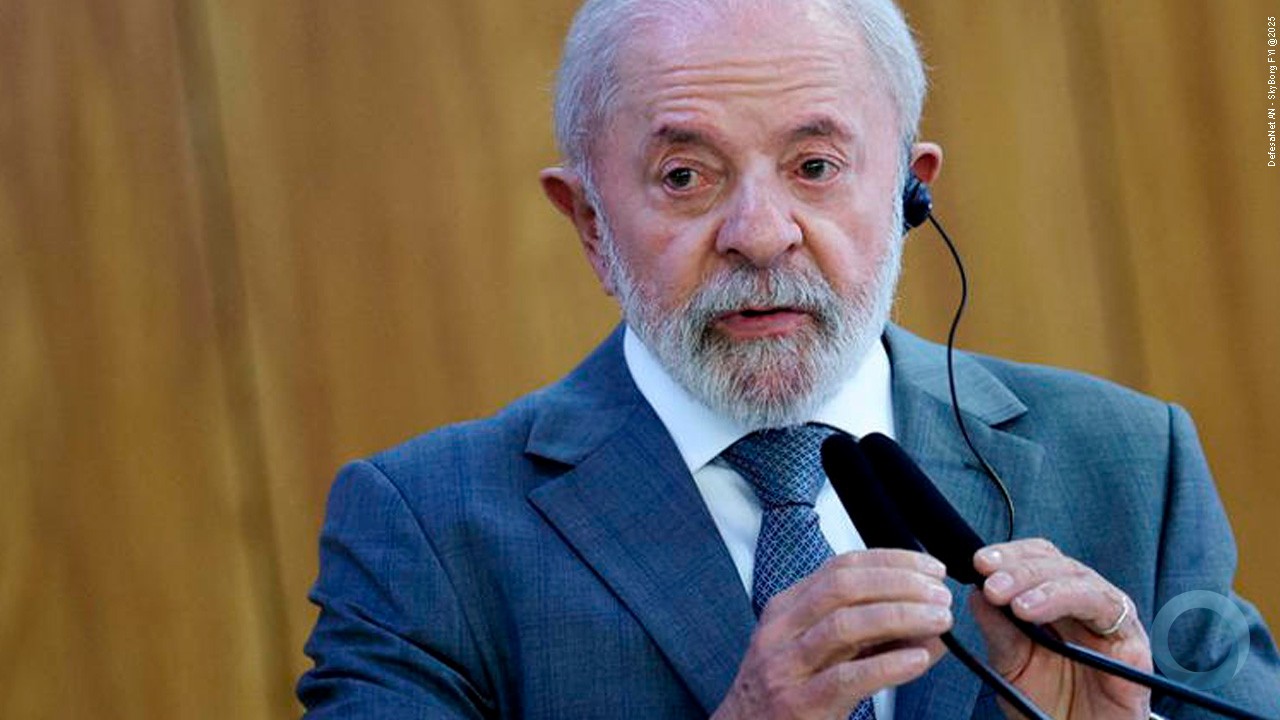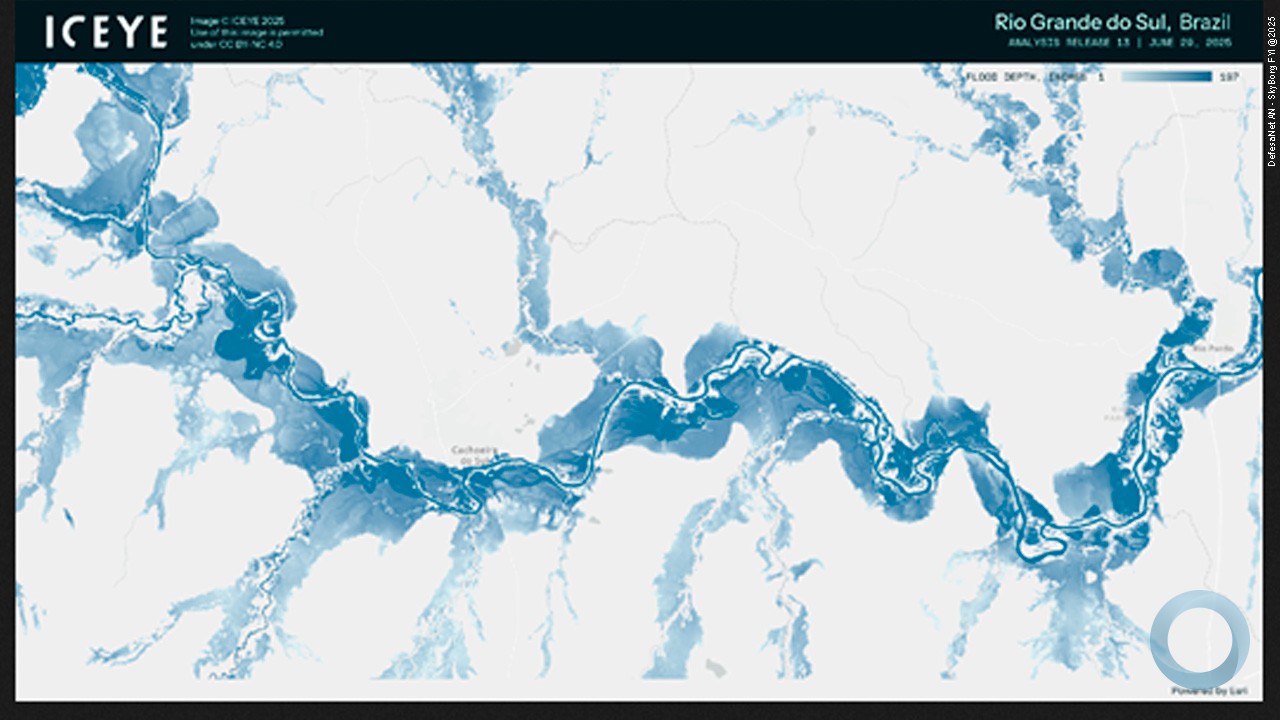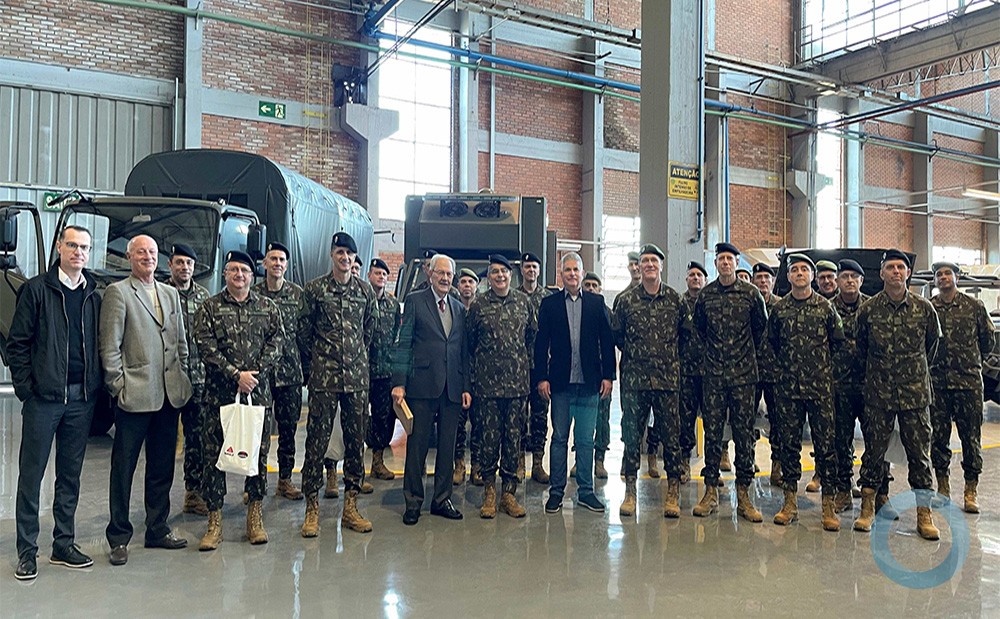Marcos Ommati
If you have ever been impressed with the Marines’ courage, determination, and physical conditioning when watching a movie in which this world-renowned Navy’s elite troop is present, the impact is even greater in person.
As part of the annual multinational exercise UNITAS Amphibious 2015, Marines from eight countries (Brazil, Canada, Chile, Colombia, United States, Mexico, Paraguay, and Peru) participated in training workshops in firing, military operations in urban areas, operations with aircraft, and operations with amphibious vehicles, from November 15 – 18, at the Brazilian Navy’s Marine Corps Training Center at Ilha do Governador in Rio de Janeiro.
The troops were divided into three groups. Each day, a different group would participate in one of the workshops. Thus, at the end of the training period, all groups had cycled through all the phases of the training.
The Workshop on Military Operations in Urban Areas, a variation of the original in English, Military Operations in Urban Terrain (MOUT), which was led by Peru, included techniques for tactical advancement for small units in urban area layouts. The basic principles for this training are individual and collective protection through the use of correct procedures for static positioning, movements, and continuous observation of the surroundings.
This workshop is complemented by the training of tactical approaches and inspection of compartments. “This training is especially important not only in view of the increasing number of cities in the modern world but also in view of their large concentration in coastal areas, exactly where Marines operate. Therefore our training is increasingly necessary in this kind of environment and, specifically for Brazil, in regards to operations providing support to law enforcement agencies, such as the ones conducted in poor areas of Rio de Janeiro,” said Lieutenant Colonel Arthur Fernando do Rosario Gomes, in charge of Media Affairs for the Fleet Marine Corps Force in the UNITAS Amphibious 2015 exercise.
After the advancement techniques in the streets, the military personnel participating in the exercise also trained with advancement techniques within compartments, which simulates the inside of homes. Those compartments are located at the Marine Corps Training Center, in an area different from the one mentioned above.
The Operations with Helicopters training phase, where techniques for embarking and disembarking of helicopters are practiced in tactical and combat situations and with small groups as well as in situations of tactical employment. The fundamentals are speed and coordination of actions, individual and collective protection, and protection for the aircraft itself. “When disembarking, the troops have to provide security not only to themselves, but to the aircraft, which is in a vulnerable position and will take off immediately," said Commander Arthur.
UH-15 and Mi-17 helicopters, from Brazil and Mexico, respectively, were used for training during UNITAS Amphibious. The countries responsible for conducting the training in this phase were the United States and Brazil. For the workshop Operations with Amphibious Vehicles, participants used the so-called Tracked Amphibious Vehicles, known in Brazil for the acronym CLANF ( Carro sobre Lagarta Anfíbio ). This phase includes training for embarking and disembarking from amphibious vehicles by small groups in situations of tactical employment. Familiarizing the Troop with the confined space within the vehicle, both on land and in sea operations, is also part of this phase.
During the Live Fire Workshop, participants practice shooting techniques with a rifle in a static position, evolving to shooting by a fire-team advancing on land in an offensive position, opening fire against simulated enemy targets, seeking cover throughout the movement, and launching smoke grenades further ahead to decrease the enemy’s visibility.
“In the morning, there is a static shooting training, the purpose of which is to familiarize the military personnel with the weaponry, the region, and the line of fire. And in the afternoon, the training is on the advancement of the fire-team, made up of four military personnel. One carries a machine gun while the other three carry rifles. This advance is called fire and movement”, explained Commander Arthur.
After participating in these workshops, it’s time to put the training into practice. The Marines then traveled to Ilha da Marambaia, also in Rio de Janeiro, to participate in the tactical employment phase of the exercise, with amphibious incursion in a simulated hostile environment in order to liberate and provide humanitarian assistance to refugees. But that is another story.
